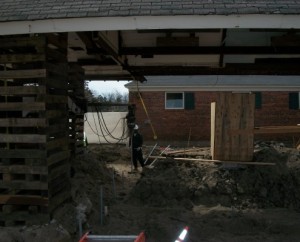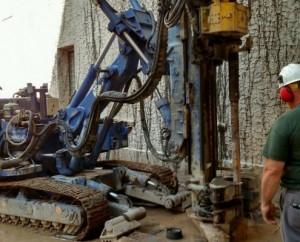Micropiles vs Helical Piles
Whether you are building a new home or working on fixing the foundation of a home in distress, chances are you will be working on fixing foundation problems, or building a new foundation. If a foundation is not anchored correctly, as many homes and commercial buildings are not, several things can happen. First, a foundation can sink, or cracks can form in the foundation itself. This may be noticeable as the living area of the home gains visible problems, such as buckling walls and uneven floors. Without intervention, these types of issues can cause serious structural damage, perhaps damaging the foundation to the point of ruin. Unstable soil is the main cause of many of these problems. If soil was not stabilized to begin with, then the house will ultimately settle on this soil. In moist areas, houses settle unevenly, causing damage. Soil stabilization is the number one way to correct these types of issues. With the use of both helical and micro piles, houses are able to be stabilized again, correcting damage and reversing future damage.
A helical pile is also known as a helical anchor. This is a large, deep foundation system that is segmented with helical bearing plates. These plates are also attached to a steel shaft for better stabilization. These shafts are available in many different sizes, and a soil specialist will decide which is best to correct the problem. Each segment is joined together with a coupling, and helices are screwed into the soil, so as not to upset the already unstable soil. These helices are spaced evenly apart to fix foundation problems, and each helix acts independently, and is not influenced by helices near it.
A micropile is actually a type of helical pile, but it is smaller. A micropile is often utilized in areas where there are many underground utilities that excavators and diggers cannot disturb. In these areas, traditional helical piles are too big, and micropiles are inserted and screwed into the soil to provide stability and to fix foundation issues. A micropile casing typically has a diameter of 3 to 10 inches, while a helical pile has a larger diameter. When inserting a micropile, the helical anchor is placed into the soil, and the shape of the plates after torque is added creates a sharp force. The pile is then anchored with a lead displacement plate and extension. Additional plates and extensions are installed until all of the needed micropiles are complete.
To determine what is best needed on your residential or commercial site to fix foundation issues, a soil specialist can help. Contact SoilTesting, Inc. to find out more about how to fix foundation issues, or to lay a perfect foundation the first time around.


